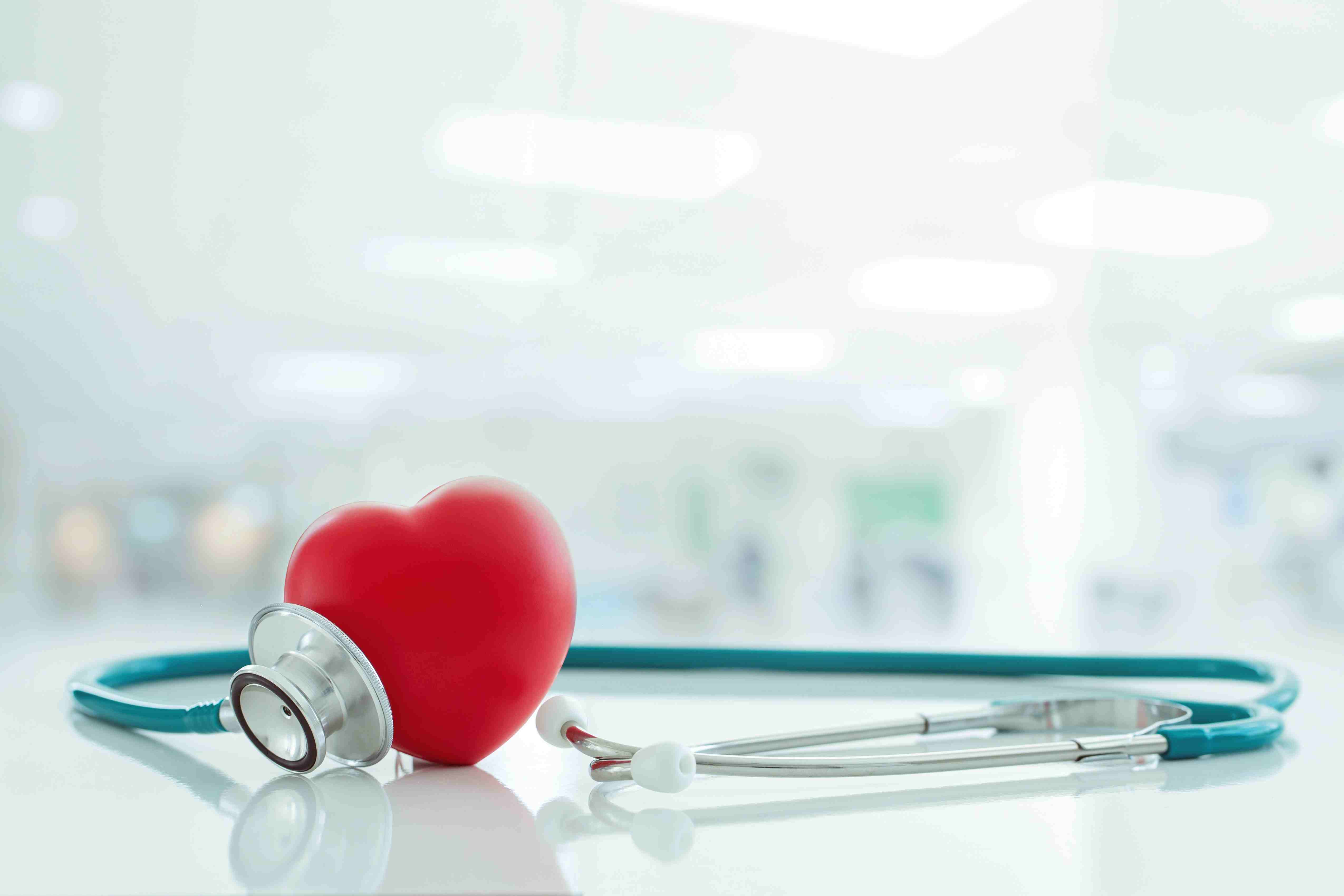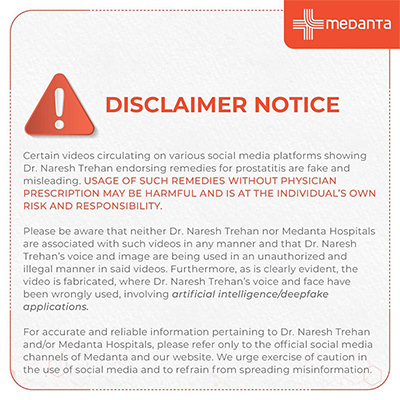Exercise Regime after Cardiac Surgery

Introduction
Each patient responds to surgery differently and recovery from each specific surgical procedure is somewhat different as well. Despite these differences, however, some generalizations can be made in the recovery period. It takes 2 to 4 weeks to start feeling better and within a period of 3 months you will be able to resume daily activities. The key things which need to be taken care of are timely medication and following the exercise regime as prescribed by your physiotherapist along with lifestyle modifications, diet control etc. On your path to recovery, you might face some queries and questions about your care. This article will answer some of those questions related to your exercise routine with day-to-day home regime to keep you fit.
The role of exercise in your recovery
Exercise plays very important role in your course of recovery and helps you to increase your quality of life. Following are easy home exercises that will help you accelerate your recovery process. Some key points to be kept in mind before exercising:
- All the exercises to be done from next day after discharge
- Perform these exercises for first three months after discharge
- Perform exercise either an hour before or after meal
- Perform deep breathing exercises 5 - 10 times
- Take rest for 2 - 3 minutes after every exercise
Standing exercises
Arms exercises
- Stand with straight arms with your fingers touching the wall. Then raise your arm upwards and downwards keeping the elbow straight (as shown in the picture). Repeat 10 times.
- In the same position with your hands behind the head, move your elbows forward (the inward moment) and backward (the outward moment, as shown in the picture). Repeat 10 times.
- In the same position with arms at your side and palm facing upwards, bend your elbows until the hands touch the shoulders. Repeat 10 times.
- Stand and raise your right arm up overhead as far as you can. Repeat with left arm. Sitting exercises Head and neck exercises
- Sit with a soft exercising ball in your hand (the one in which the radial artery is grafted) open and close palms around the soft ball (as shown in the picture). Repeat the exercise 10 times.
- In a sitting position move your head sideways, first to the right, then to the left (as shown in the picture). Repeat the same 10 times.
- Sit down keeping your face forward, tip your ear first to your right shoulder, then to your left shoulder (as shown in the picture). Repeat the same 10 times.
• In the same position begin with shoulders in relaxed position. Hunch shoulders up, toward your ears and back to the normal position (as shown in the picture). Repeat the exercise for 10 times.
Lying down exercises
- Lie flat with pillow under the calf muscles (if the vein graft is taken from the legs). Raise and fold your knee and then straighten your legs again (as shown in the picture). Repeat the exercise 10 times.
- In the same position (with 1 or 2 pillows under the ankle) move your foot in an upward motion and downward motion. It is also known as ankle-toe pumps (as shown in the picture). Repeat the same 15 to 20 times.
Walking
- Walking should be started on post-operative day 2. Initially start walking with the help of nurse / attendant and then gradually increase. Once tiredness or discomfort appears patient should take rest and then start again. Our aim is to increase the distance and bring it to 30 - 40 minutes every day (minimum 5 days a week).
After 3 months same exercises should be continued without deep breathing exercises and rest between the exercises.
Physiotherapy instructions for post-operative cardiac patients
General instructions - for first three months
- Be active at home.
- Maintain personal hygiene.
- Wear chest belt/corset from morning till late evening (8 - 10 hours) for 6 - 8 weeks. This will help in union of chest bone.
- Do not carry weight more than 3 kgs.
- Do not bend forward from waist, bend from knees to lift any object.
- Avoid driving or riding.
- Avoid sitting on low height stools/chairs.
- Use of only western toilet seats is advised.
- Do not try complex yoga asana.
- Wear stockings from morning till evening to avoid swelling in the legs for 6 - 8 weeks.
- Do not sit cross legged if vein is grafted from legs.
- Do not hang your feet in air while sitting on high benches/chairs.
- Always put foot rest below your feet to avoid swelling.
- Climb stairs only when necessary that too 10 - 15 steps with an attendant's help.
- Avoid climbing stairs more than once in a day. Climb 5 steps at a time and then rest, progress gradually.
- Use support while getting up from chair / bed.
We hope this article helps you take part in your own care and well-being. No question is too small to ask, if you have any other interests or concerns feel free to contact Medanta specialists.






